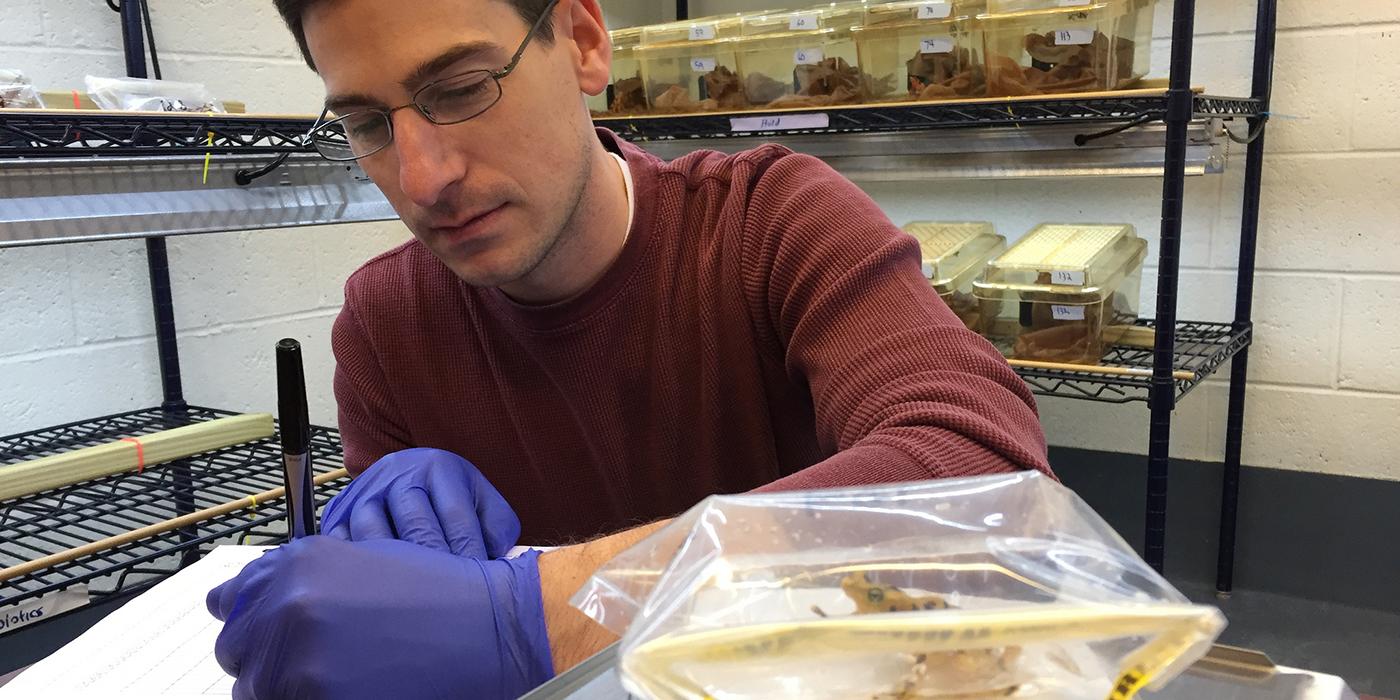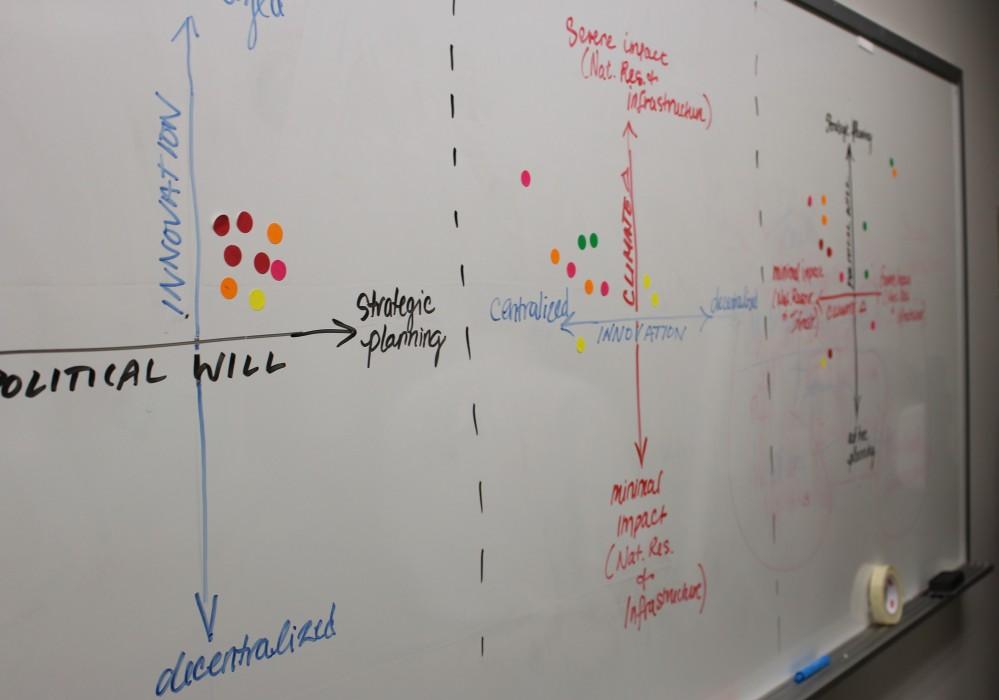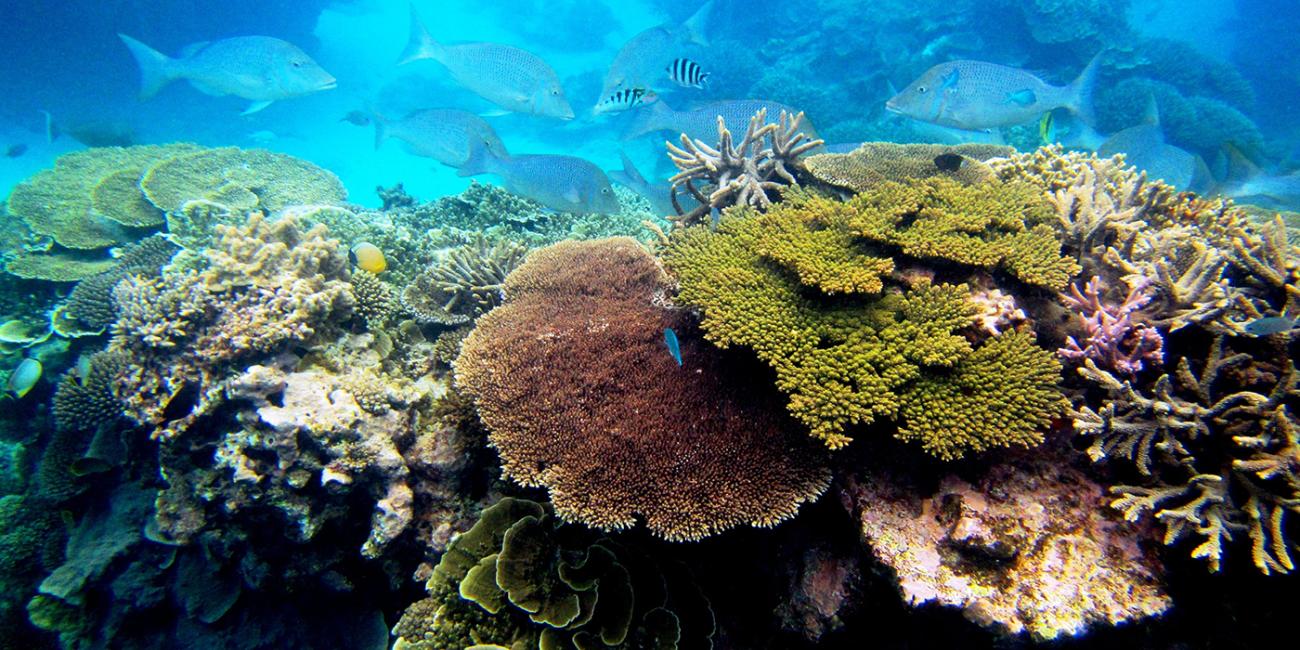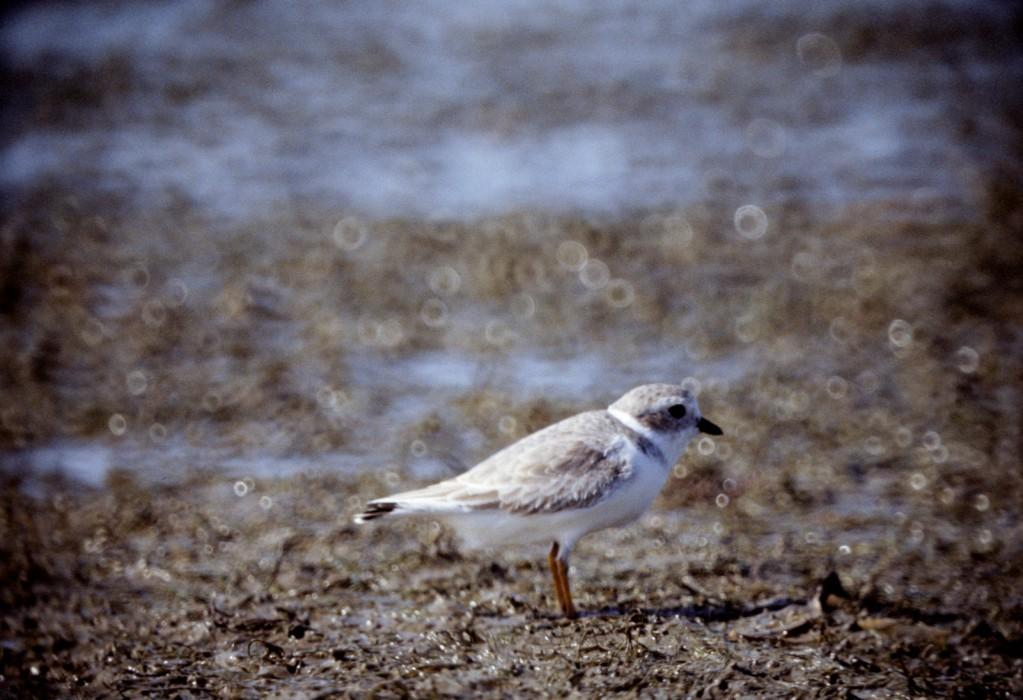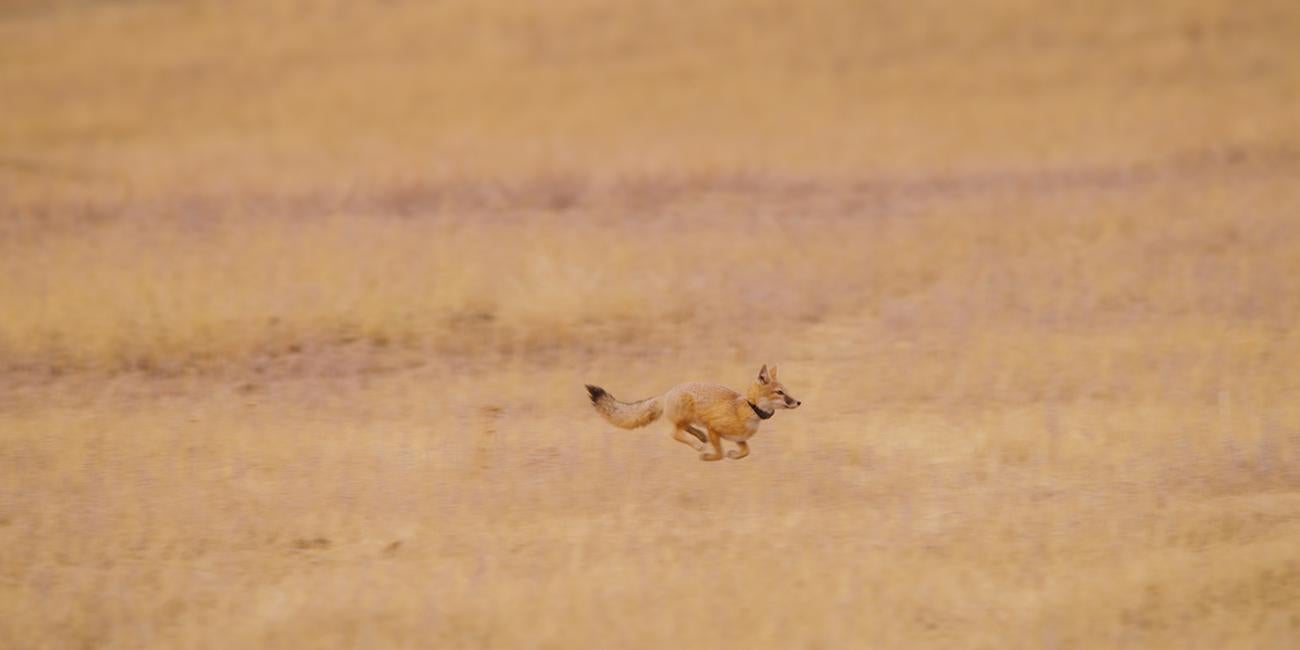Relationship Between Skin Microbiomes and Disease Outcomes
Scientists from the Smithsonian Conservation Biology Institute's Center for Species Survival (CSS) are working to save frogs from the deadly chytrid fungus by studying the microbiomes—natural communities of bacteria—on frogs’ skin that may have antifungal properties that help some frogs resist, or even survive, chytridiomycosis infection.
CSS scientist Brian Gratwicke and SCBI's Center for Conservation Genomics scientist Robert Fleischer are working with Smithsonian post-doctoral fellow Matthew Becker to determine if it is possible to predict which frogs will survive exposure to the amphibian chytrid fungus simply by analyzing a skin swab. They study the microbiome of the frogs, their immune response, genetics and skin chemistry to determine how some individuals survive an infection, whereas others die.
The team is also developing probiotics that could be applied to Panamanian golden frogs that might help this highly susceptible species resist a chytridiomycosis infection. Although so far it has not been possible to alter the skin microbiome of the golden frog, the team has found that some frogs with unique skin bacteria communities are able to resist a chytridiomycosis infection. Researchers are now investigating whether the microbiome can be used to predict how golden frogs respond to disease. If successful, this technique could help scientists identify those individuals most likely able to survive a reintroduction in Panama, where chytridiomycosis continues to persist in the native habitat. Learn more about the project by watching this Smithsonian Channel video.
Partners and Collaborators
- Reid Harris, James Madison University
- Lisa Belden, Virginia Tech University
- Louise Rollins Smith, Vanderbilt University
- Kevin Minbiole, Villanova University
Support
This work is supported by the U.S. Fish & Wildlife Service, the National Science Foundation, Shared Earth Foundation, the Anele Kolohe Foundation, the AZA Golden Frog Species Survival Program, and the Maryland Zoo in Baltimore.
